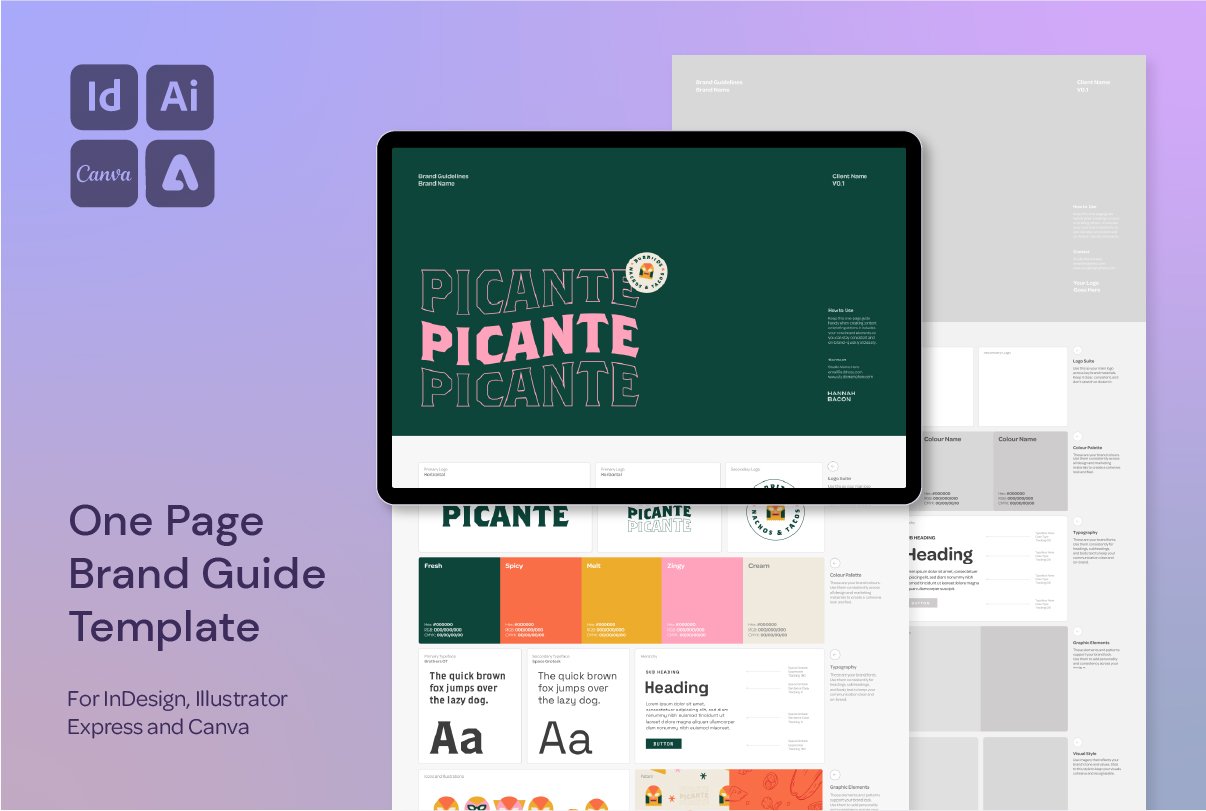How to Build Colour Tints in Adobe Illustrator (Without Using Opacity)
Stop Using Opacity for Colour Palettes—Here’s a Better Way to Build Tints in Illustrator
If you’re building a colour palette in Illustrator by manually adjusting opacity or eyeballing lighter shades—there’s a better, more consistent way.
Using tints lets you create cleaner colour systems that scale beautifully, look consistent across projects, and don’t mess with transparency settings. Whether you're designing a brand, an illustration, or a UI kit, this is the way to keep things sharp and reusable.
Why You Shouldn’t Use Opacity for Tints
Sure, you can just drop the opacity to 80%, 60%, etc. to get lighter colours, but that comes with a few issues:
You’ll have to flatten transparency to export as solid colours
Transparency can affect how colours interact with other objects
It adds unnecessary steps and confusion if you hand off files to clients or collaborators
How to Create Solid Tints in Illustrator
Step 1: Add Your Base Colours to Swatches
Select all the colours you want to build tints from
Click the Swatches Panel → New Swatch for each one
Or select them all and add them as a group
Step 2: Apply Tints via the Color Panel
Select your shape
In the Properties Panel, click Fill
Then adjust the Tint % down to 80%, 60%, 40%, etc.
This creates a solid tint, not a transparent shape
Step 3: Create Tint Variants for Each Colour
Repeat for each colour using consistent increments (e.g. every 20%)
Add each set of tints to its own Colour Group in the Swatches Panel for easy reuse
Bonus: These swatches are now linked to the original colour, so if you update your base swatch, all the tints update too!
The Benefits of This Method?
Keeps your file cleaner and easier to manage
Makes it easier to apply consistent colour across designs
Tints are fully supported in brand guidelines and swatch libraries
You’ll impress clients (and yourself) with how polished your files look
Want More Time-Saving Tools and Freebies?
This process is just one of the techniques I share across my design templates and digital assets, made especially for designers who want professional results—without starting from scratch every time.



